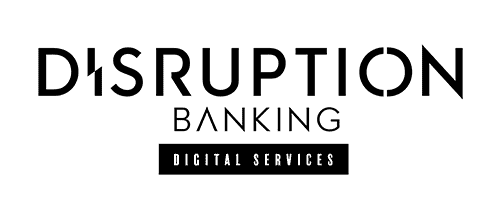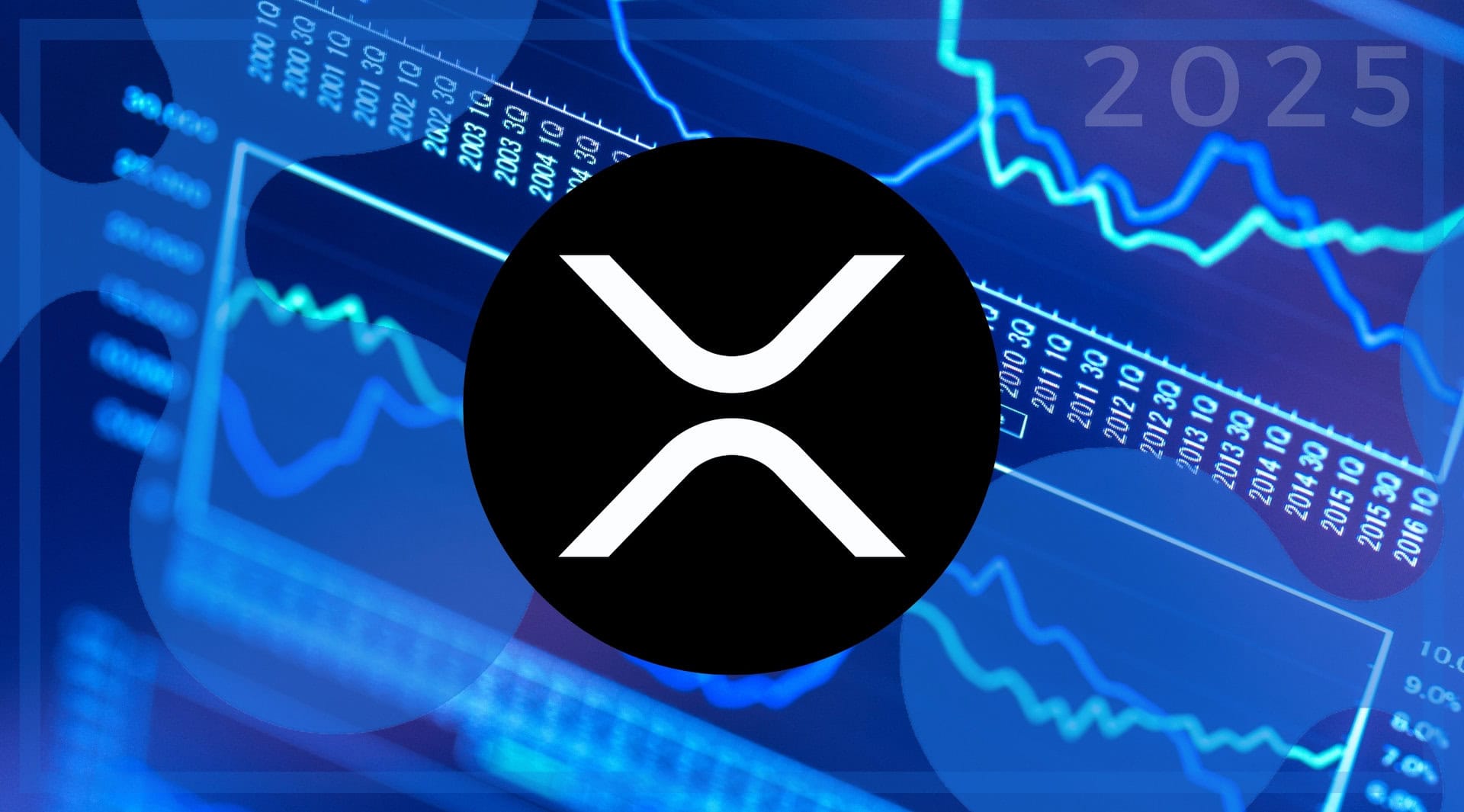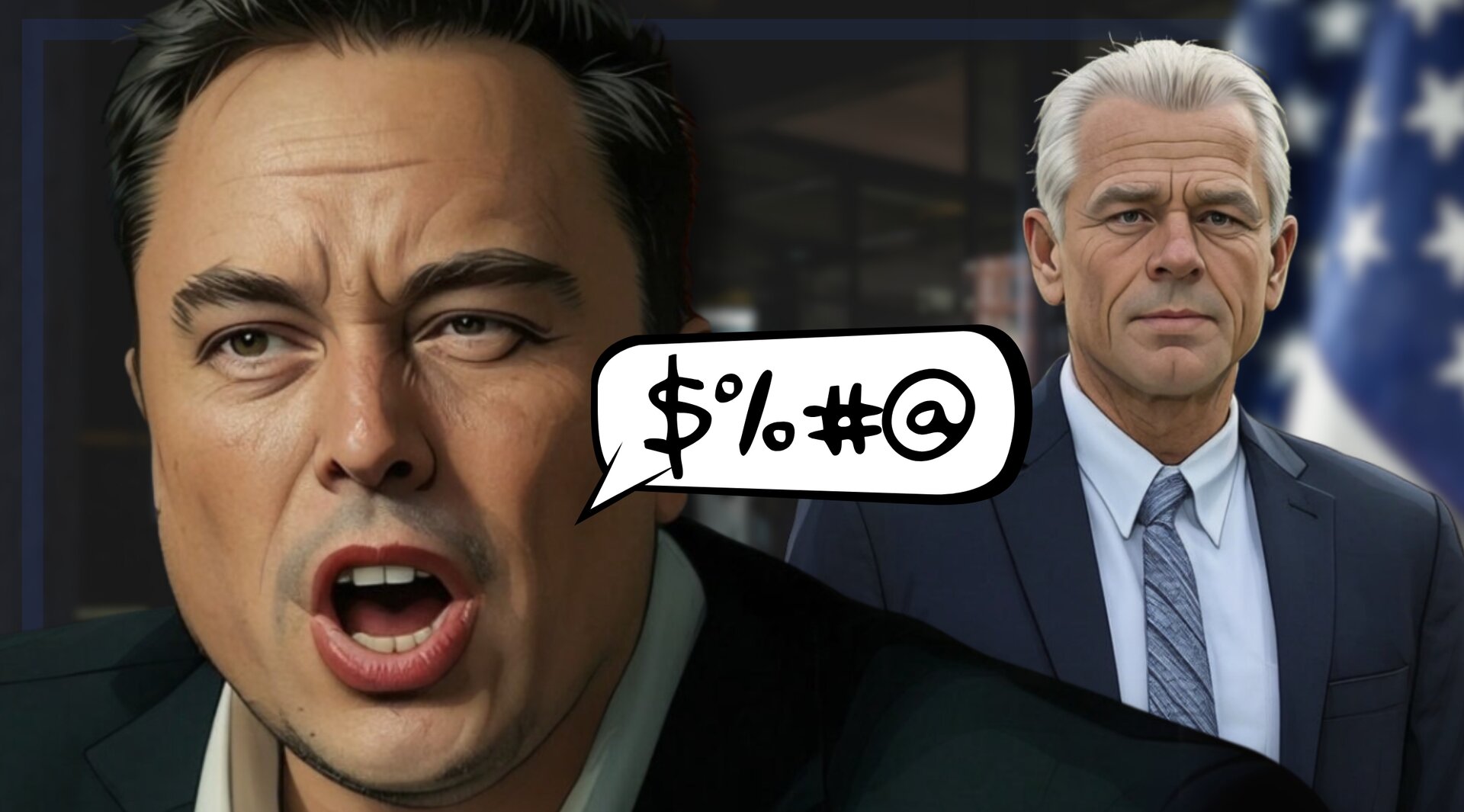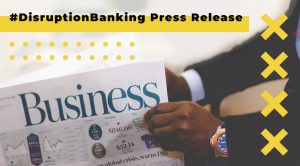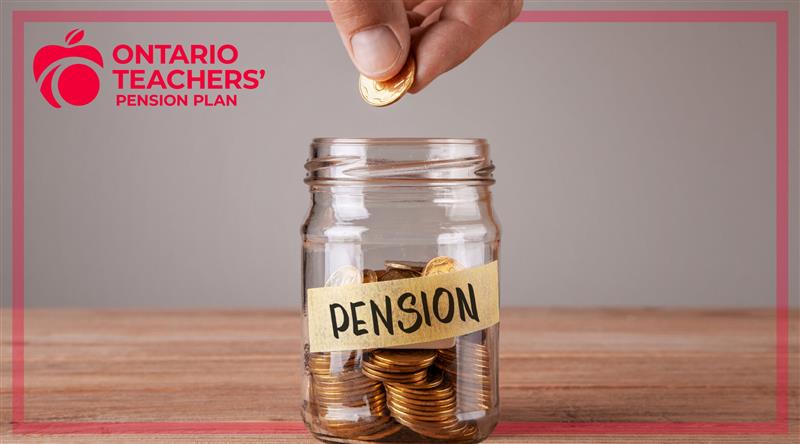Catastrophe bonds, otherwise known as “cat bonds,” were among the top alternative investments in 2023. The Swiss Re Cat Bond Performance Index rose by 19.69% last year, its highest ever recorded annual performance. The Index is the most widely used measure of the performance of the cat bond market, which consists of bonds that pay investors if a specified catastrophic event does not occur.

Cat bonds had a record 2023; source: Artemis
A Primer On Cat Bonds
Cat bonds are a type of fixed income security that enable investors to take on the risk of natural catastrophes in exchange for periodic, variable interest payments. They are issued by insurance and reinsurance companies to transfer some of the potential losses from events such as hurricanes and earthquakes to the capital markets. Cat bonds have become more popular, diverse, and complex since they were first introduced in the 1990s in response to natural disasters, with recent issuances covering emerging threats such as cyber-attacks.
The property and casualty (P&C) insurance industry faced a severe crisis when Hurricane Andrew hit the U.S. in 1992. The storm caused $27 billion in damages, of which $15.5 billion was insured, according to the Chicago Fed. This was the most expensive hurricane in U.S. history at the time, and it resulted in the collapse of eight insurance companies and the near-bankruptcy of many others. To cope with such large losses, the insurance industry developed a new financial instrument called a catastrophe bond, with the first such bond being issued in 1997.
Cat bonds are usually issued by a Special Purpose Vehicle (‘SPV’) acting on behalf of the insurance or reinsurance company covering the risk. The SPV collects money from investors who buy the cat bonds – typically hedge funds and other institutional investors – and invests the funds in low-risk securities, such as government bonds or money market funds. The interest earned on these securities, along with the premiums paid by the sponsor (the entity that needs protection from the disaster), are used to pay variable interest to the investors.
If no disaster happens during the term of the cat bond, usually three years, the investors get their principal back from the securities. However, if a disaster occurs before maturity, the investors may lose part or all of their principal, which is used to compensate the sponsor for its losses.
Cat bonds can cover different types of disasters and regions, such as hurricanes and earthquakes in the US, windstorms in Europe, and typhoons and earthquakes in Japan. Other regions and perils can also be securitized through cat bonds. Artemis, a firm that tracks the cat bond and insurance-linked securities market, estimates that the total outstanding market value of cat bonds globally reached a record $45 billion in 2023.
Hedge Funds’ Mega Returns Set Off Demand Spiral for Catastrophe Bonds https://t.co/T7GgQhud68
— Insurance Journal (@ijournal) February 5, 2024
Can This Performance Continue?
According to Artemis, the last three months of 2023 witnessed a record-breaking $5.6 billion of new cat bond issuance, including private transactions, bringing the total annual deal volume to a historic high of $16.4 billion. Several factors stimulated the investor demand for cat bonds in 2023.
One factor was the absence of any major insured events, such as hurricanes, earthquakes, or other catastrophes, that could result in payouts to the bond issuers. The hurricane season was less severe than in 2022, reducing the losses for bondholders and increasing the attractiveness and asking price of cat bonds in the secondary market.
Another factor is the reinsurance rate environment, which has a significant influence on the yields and returns of cat bonds. After several years of heavy losses, reinsurance rates have increased, making cat bonds a more appealing investment.

The increase in global interest rates in 2022 and 2023 also enhanced the performance of cat bonds, as they have a floating-rate that can be adjusted upwards in response to rising rates. This made them especially appealing to investors looking for a hedge against losses in traditional fixed-rate bonds, which tend to be inversely correlated to interest rates.
“While the Index (Swiss Re Cat Bond Index) failed to reach the magic 20% mark by the end of the year, it has still set an extremely high bar in 2023 for any future years to compete with,” notes Artemis owner and operator Steve Adams.
Adams notes that, while 2023’s stellar outperformance may not be replicated soon, cat bonds will retain their appeal among investors in 2024 and beyond. “The total-return potential of the catastrophe bond market for 2024 also remains high, with cat bond fund managers predicting double-digit return potential again.”
Hedge Funds Could Benefit From Increased Exposure
Hedge funds that invested heavily in cat bonds in 2023 saw impressive returns, as the market expanded and the frequency of disasters remained low. One example is Fermat Capital Management, the largest cat bond investor in the world, with holdings in 80% of the roughly 280 securities outstanding in the market.
Fermat matched the Swiss Re Cat Bond Index’s 19.69% return in 2023, according to Bloomberg. This was a remarkable performance compared to the average hedge fund return of less than 10% across various strategies in 2023. Fermat manages about $10.8 billion in assets.

Major Hedge funds strategies failed to deliver double digits in 2023; Source; Reuters
Brett Houghton, a Managing Director at Fermat, believes that cat bonds have more potential to grow in the future due to climate change. He explains that climate change is increasing the demand for cat bonds, as insurers are facing higher risks of losses from extreme weather events. He also points out that inflation has raised the cost of recovery after a disaster by 25%, which also is leading to greater issuance of cat bonds to fill the gap.
“The size of the market has increased, but it hasn’t increased enough to fill the need for potential events,” he notes. “2024 promises to be another interesting year for investors in terms of attractive return.”
The demand for cat bonds is expected to increase in 2024, as new issuances offer higher returns to secure inflows from hedge funds and other institutional investors who are the main buyers of cat bonds. Some of the asset managers that have invested in cat bonds include Schroders Plc, Leadenhall Capital Partners, Neuberger Berman and Blackstone Inc, according to Bloomberg.
Another factor that could boost the market for cat bonds in 2024 is the low interest rate environment, according to analysts at BofA Securities. They argue that when interest rates are low, institutional investors tend to seek alternative and diversified asset classes, such as cat bonds and insurance-linked securities (ILS), which provide an interest-rate linked return plus a spread.
Moreover, cat bonds and ILS have the advantage of being floating-rate instruments, which means they are less sensitive to interest rate fluctuations than fixed-rate assets, which become less attractive when interest rates fall. Despite the optimistic outlook, Artemis’ Adams warns that “any record returns set in 2023 could prove hard to repeat or beat in future years.”
Author: Acutel
We are global investors who invest in good companies at fair valuation and speculate on all else subject to the risk exposure we can afford.
The editorial team at #DisruptionBanking has taken all precautions to ensure that no persons or organisations have been adversely affected or offered any sort of financial advice in this article. This article is most definitely not financial advice.
